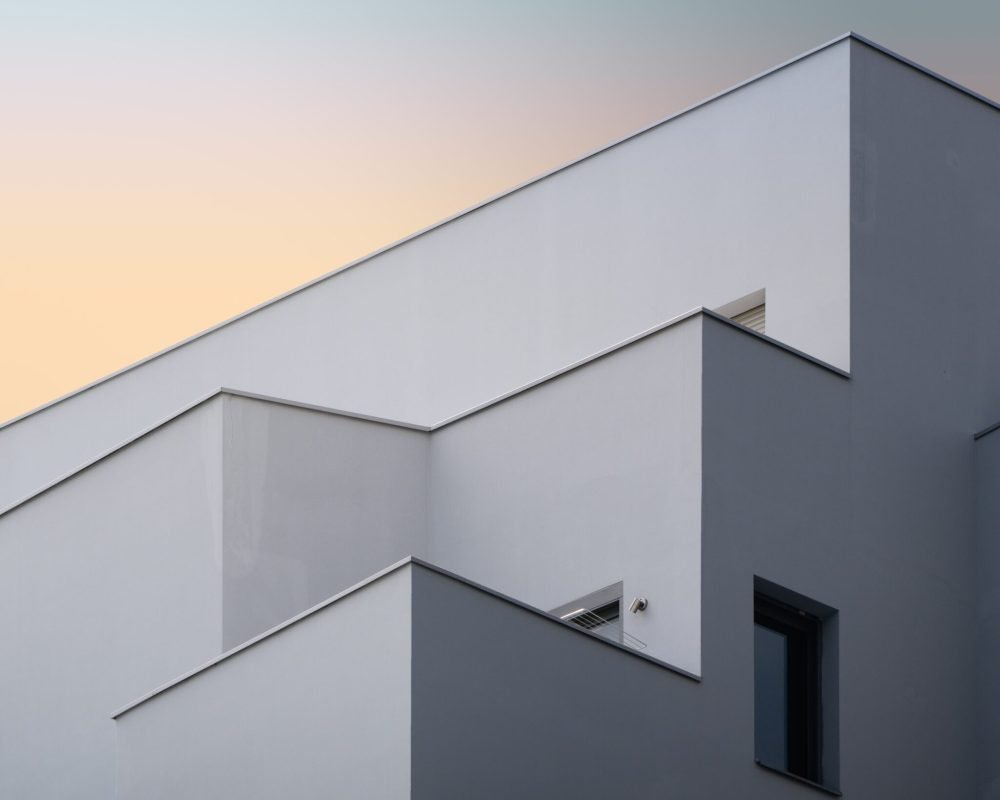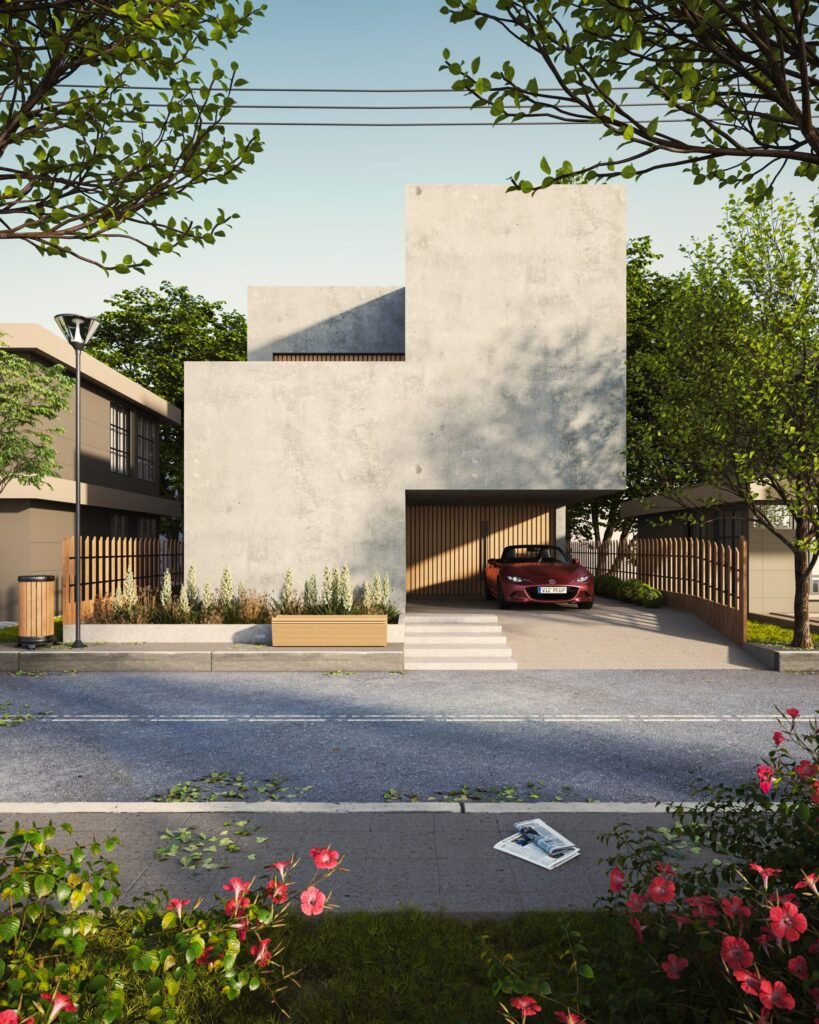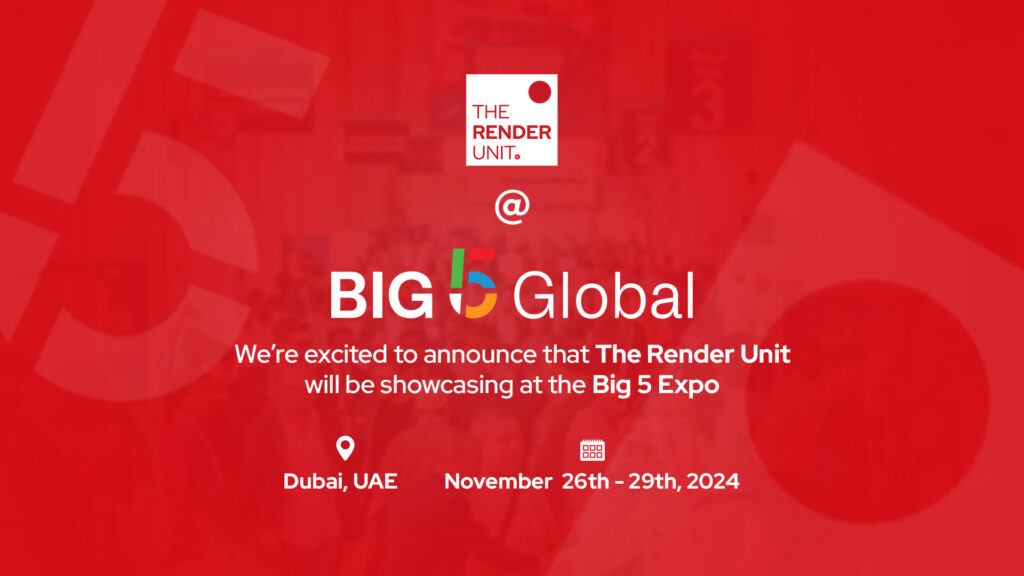
Architectural visualization allows architects and designers to see their ideas and concepts before they are built. It has been an essential component of the design process for decades. The area of architecture visualization is ever-changing due to technological breakthroughs and the rising need for immersive experiences. We will discuss the uses, benefits, and difficulties of some of the most prominent 2023 trends in architecture visualization.
Real-time rendering
The field of architecture visualization is seeing a rise in the use of real-time rendering. Architects and interior designers may now easily experiment with numerous design possibilities and make last-minute adjustments thanks to real-time rendering engines and high-powered graphics processing units (GPUs). Clients and stakeholders may view and engage with the design in real time thanks to real-time rendering.
Virtual Reality
Another movement that is gaining ground in the field of architectural visualization is virtual reality (VR). Using virtual reality (VR) headsets and software, architects and designers can provide customers and stakeholders with a first-person experience of their designs. Virtual walkthroughs can be produced using VR technology, allowing customers and stakeholders to experience the design from all conceivable angles.

Augmented Reality
One additional technology making waves in the architectural visualization community is augmented reality (AR). It is now possible for architects and designers to superimpose digital data onto the real world with the help of augmented reality (AR) devices like smartphones and tablets. Virtual showrooms can be made using augmented reality technology, allowing for more immersive client and stakeholder interaction with the design.
Cloud Rendering
With cloud rendering, high-quality visuals may be created without the need for specialized hardware. Large and complicated visuals may now be rendered rapidly and simply with the use of cloud computing and storage, which is a boon to the architectural and design industries. It is easier for architects and designers to work together remotely because to the collaborative and remote working capabilities of cloud rendering.
AI-assisted rendering
The use of AI to aid in the rendering process is another movement that is gaining ground in the field of architectural visualization. Without the need for manual optimization, architects and designers may now use machine learning algorithms and deep neural networks to generate more lifelike and nuanced visualizations. With the help of AI, the rendering process may be fine-tuned to improve speed and efficiency.
In conclusion, there will always be fresh and fascinating technological developments made in the field of architectural visualization. Current trends in architecture visualization in 2023 include Real-time rendering, Virtual reality, Augmented reality, Cloud rendering, and AI-assisted rendering, to name a few. Using these new tools, architects and designers are better able to present their work to customers and other stakeholders, who can then experience a more immersive version of the design. Despite the fact that problems like technology limitations and data privacy still need to be resolved, the future of architectural visualization seems bright.








